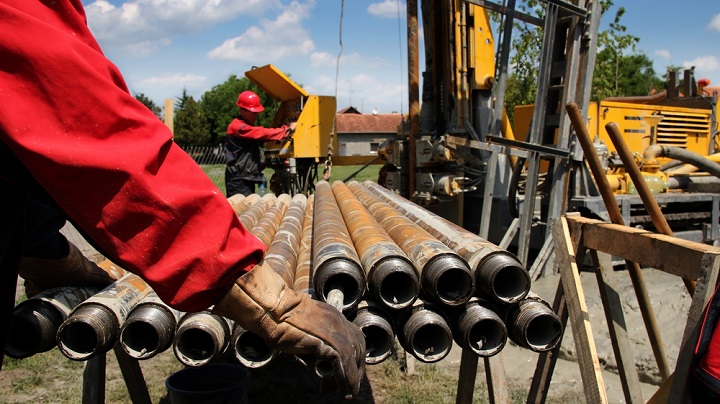When investing in anything, the most difficult task has always been determining the value of whatever you’re investing in, and whether or not you can gain from the price you’re paying. The energy industry has been a particular challenge, as these companies are typically difficult to model due to obscure revenue projections, and asset heavy balance sheets. The PV10 concept however, is an important metric designed to simplify how energy companies are valued.
How do you get the PV 10?
For anyone with experience in discount valuation modelling, the PV10 metric should be a familiar process. Specifically, the model determines the present value of current oil and gas reserves of the selected energy company.
Investors start by taking production estimates on an annual basis, then multiplying it by the expected market price for oil and gas for that year. Once you get the revenue figures, you then subtract the costs associated with production such as extraction and shipping, leaving you with rough bottom-line estimates. It’s good to note that indirect expenses such as debt service, depletion, amortization and the administrative overhead are discluded in the calculation of PV10.
With the PV10 metric, a 10% discount rate is then applied to each of these yearly revenue estimates. Meaning, if a company’s revenue for the next year is $10 million, you apply a 10% discount to arrive at a present value of $9 million, and the next year would be another 10% compounded. Adding up the product of these figures for each year the current reserves are projected to produce, will result in the PV10 figure for the evaluated company.
It is good to note that due to the uncertainty of “probable” and “possible” reserves, PV10 calculations only consist of proved reserves. As investors, a more conservative approach should be taken, as these are the only guaranteed sources investors can derive value from.
PV 10 Explained
Using PV10 as a proxy for a company’s reserve value, investors are able to compare it with the company’s share value in order to determine whether the company is over, or under-valued. An important understanding of PV10, is that the enterprise value is used in this scenario and not the market capitalization due to the debt heavy nature of companies in the energy industry.
Not only can PV10 be used as a point of valuation on its own, but the figure can also be used to compare valuations across companies in the oil and gas industries. If a company’s ratio of Enterprise Value to PV10 is higher than another’s, then the latter company can potentially be seen as a better investment.
Lastly, by comparing the company’s PV10 figure to how much the company pays for the acquisition of oil and gas reserves, one can use PV10 to judge the efficiency of acquisitions. If a company pays more than its PV10 value to acquire oil and gas properties, then it can be perceived that the company made a good deal. The inverse however, may suggest that the company overpaid for its assets, leading to a less appealing investment.
PV 10’s Big Flaw
A flaw with PV10, as with most valuation methods out there, is the sheer number of assumptions that must be made. Although balance sheets show the proved reserves available, the production that comes from these reserves can vary drastically from a year-to-year basis. Furthermore, although futures prices can be used as proxies when estimating revenue figures, the reality is that figures can vary overtime, and very few companies in the energy industry actually lock those future prices on a vast portion of their future production.
Understanding PV10 is an important step in broadening your investor knowledge in the energy industry. Despite its flaws investors understand its shortcomings and still use the metric, as interpretations of the metric still provides great and quick insight.
Featured Image: Depositphotos/© robert_g










